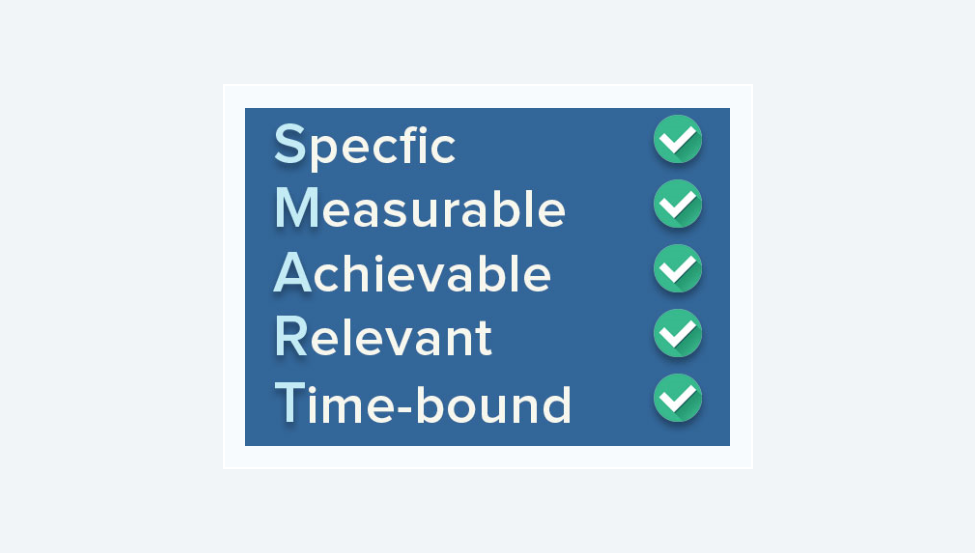Email marketing is one of the most effective digital marketing tactics you can use. But, don’t be fooled – there is much more to email marketing than typing up a couple of sentences and just hitting send.
Table of Contents
- 1. The Why – setting the goal
- 2. The Where – researching your target audience
- 3. The Who – prospecting
- 4. The How – write email templates
- 5. The When – setting up an email schedule
When asked what digital marketing tactics they would like to start using or improving, business owners will likely come up with answers like “content marketing” or “social media marketing”, or even be as imaginative as “growth hacking”. Not many will feature email marketing and starting campaigns on their lists.
When the same question is put to marketers, email marketing will top many of their lists. It's due to the fact that it's simply effective, both in terms of costs and results. For a tactic that has such a great ROI, it comes as a surprise that more businesses are not using it and that so many are using it poorly.
When you think about it logically, email is the perfect channel to reach most audiences. People check their emails more than once every day. They can access them at a preferred time and email is still a more trusted medium than social networks. Investing a bit of time into setting up an email marketing campaign will result in higher open rates. Furthermore, you can get more click-throughs, and ultimately more sales.
Here are the five things you should define before launching an email marketing campaign in order to ensure its success.
1. The Why – setting the goal
The first step in any sort of content-related campaign is to set the goal you are trying to achieve. Even though you may think that “getting people to buy our products” is a valid goal, it won’t help you better your campaigns.

The goal you set needs to be a SMART goal if it is to be of any practical use. That way you will not only be able to learn a lot based on campaign performance, but you will also know exactly where you stand every step of the way.
Set goals like “have 5% opens” or have “7% clicks” – you can also go for “have 100 opens”, that is if you don’t send out 150 emails. If you are falling short of the mark, you will know exactly which part of the email to tweak: be it the subject, the CTA or the embedded video.
2. The Where – researching your target audience
The next step in starting your email marketing campaign planning should be to define the target audience. Different emails will appeal to different leads, so make sure you devote enough time to this step.
Depending on the goal you are trying to achieve and the type of email you wish to send out, you can broaden or shorten your email lists. But, in order to be able to do that, you will need to know as much as you can about the people you want to target. What are they like? What appeals to them? How can you help them live better lives? Why should they care about your email?
Try and be as thorough as your schedule and budget allow and you will arm your campaign with plenty of knowledge for it to be a success.
3. The Who – prospecting
The one thing every starting email marketing campaign needs is a list of recipients. And there is certainly more than one way to compile one. Depending on the way you have gathered someone’s address, you should be tailoring the message you send out.
If someone signs up to your newsletter, then all you should be initially sending them is said newsletter. No promotions and no hard sells. You can track how much they read and how interested they are and then move them to a different stage of your funnel once enough time has elapsed.
Using lead magnets to gather emails is also a good idea. It's a certain way to know people are interested in what you have to offer. You can again segment your leads based on the lead magnet they have downloaded as this will tell you a lot about their interests and pain points.
You could always do prospecting manually – or use an email prospecting tool. When doing this, you should again refrain from playing hardball. Remember that these leads have not volunteered their email addresses - you are the one making the first move.
Finally, don’t be tempted to purchase a prospect list from a reseller. Apart from the fact that this might not be legal, you should never accept a random list as a good list. Do your own prospecting as that is the only way to know that the list of leads matches your actual target audience.
Even if you do decide to go down this route, at least make sure you are getting a list from a trusted source (for example, some review site that features your type of product/service like Capterra).
4. The How – write email templates
Now that you are set up with all these prospects and a lot of knowledge about them, the time has come to write the actual emails. Crafting them with all of that in mind, yet making sure they appeal to more than one lead can be tricky, which is why most marketers use email templates.
A good template appeals to a certain segment of your target audience, yet leaves some room for personalization (starting from their name and going as specific as their favorite TV show).
However, it is hard to personalize your emails if you don’t properly segment your lists. Here is an interesting list of 24 different ways to segment your email lists.
Depending on the goal of the email and the tone you are going for, a template might be more easy or difficult to write. Draft a couple and make sure you test them out, first on your colleagues and later on actual leads.
You will be needing several templates for the different stages of a campaign and for different audiences and purposes, so don’t think you can make do with only two. The better your email copy is, the likelier people are to respond.
Remember to rework your templates every now and then and try to apply everything you have learned from previous ones. Even if they are performing well, never stop trying to improve them. Just don’t switch your best performing email for a test one all at once. Test every email gradually, and only then add them to your sequence.
5. The When – setting up an email schedule
Finally, you should make sure your emails are being read by making sure they are being sent out at the right time. You know your audience best. Try to find time in the day when they are most likely to be on their phones. Don’t expect their full attention in the middle of their lunch hour (even though this is when many reach for their inboxes). Study their habits, test a few email schedules and find what works best.
Don’t forget to account for different time zones and holidays. Set up appropriate cards for special dates (Christmas, birthdays, etc.) and stop your emails at certain times if you need to.
Everybody likes to feel special and while it can be very hard to personalize your email when you are targeting thousands, hopefully, this primer on setting up email marketing campaigns will have helped you start off on the right note.








